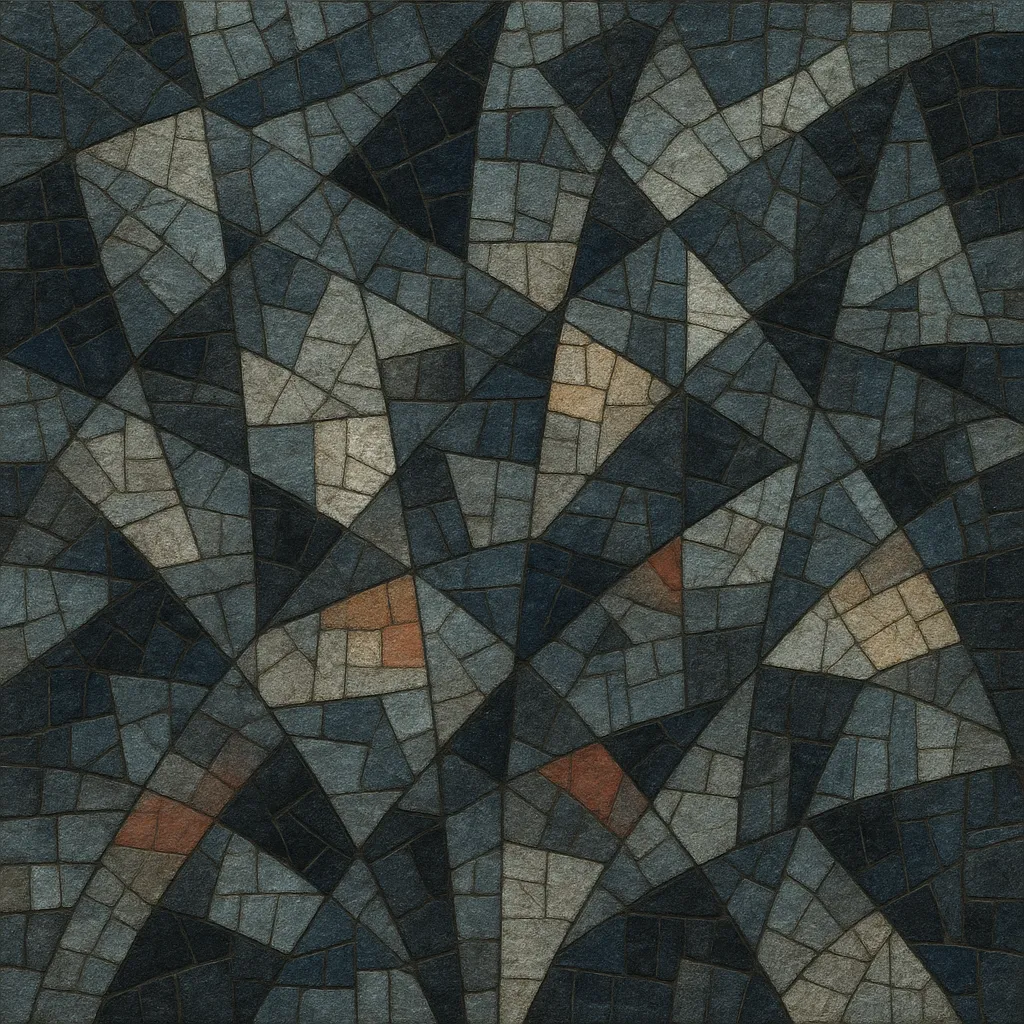The Second Viennese School is an early‑20th‑century circle of Viennese composers led by Arnold Schoenberg, with his pupils Alban Berg and Anton Webern. It marks the decisive move from late‑Romantic chromaticism into atonality and the codification of the twelve‑tone (dodecaphonic) method, reshaping pitch organization, form, and expression in Western art music.
Its hallmarks include tight motivic economy, acute attention to timbre (Klangfarbenmelodie), pointillistic textures, extreme dynamics and registral contrasts, and an expressionist intensity that often explores fragmentation and psychological tension. The repertoire spans chamber works, lieder, orchestral pieces, piano music, and operas (notably Berg’s Wozzeck and Lulu). The school’s techniques and aesthetics became a foundational strand of 20th‑century musical modernism.
The Second Viennese School emerged in Vienna around the first decade of the 20th century under Arnold Schoenberg, whose inner circle included the younger composers Alban Berg and Anton Webern. Rooted in the heritage of the Classical and Romantic Viennese traditions (Brahms, Wagner, Mahler) and energized by Expressionist currents in the arts, the group initially stretched tonal harmony to its limits through hyper‑chromaticism and dense motivic work.
Around 1908, Schoenberg and his pupils began writing music that avoided functional tonality altogether (often termed “free atonality”). Works from this period focus on intervallic cells and motivic transformation rather than key‑based harmonic progressions. New textures, timbral blends, and techniques such as Sprechstimme (speech‑song) appeared, reflecting an Expressionist aesthetic that foregrounded psychological intensity and color.
Schoenberg announced the twelve‑tone method (dodecaphony) in the early 1920s, prescribing an ordered set of all twelve pitch classes (a “row”) and its transformations—inversion, retrograde, and retrograde inversion—as the basis for thematic and harmonic organization. Berg adapted the method with dramatic flexibility and tonal allusions, while Webern explored extreme concentration, symmetry, and timbral precision, helping to shape the school’s iconic, pointillistic sound.
The rise of fascism forced emigration and disruption. Schoenberg and many associates left continental Europe, teaching and composing in new contexts (notably in the United States). Despite the diaspora, their ideas proliferated through teaching, performances, and writing, seeding postwar composition across Europe and the Americas.
After 1945, the Second Viennese School’s techniques and aesthetics profoundly influenced serialism and the wider avant‑garde, informing integral serialism, advanced pitch‑class theory, and new approaches to timbre and form. Even composers who reacted against serial procedures defined themselves in relation to this legacy. The school remains a cornerstone of modernist pedagogy, analysis, and performance practice.
Use chamber forces (string quartet, mixed winds and strings, voice with small ensemble) or lean orchestral textures. Exploit timbral contrast and clarity—solo lines, muted colors, and transparent registral spacing. Consider special techniques like Sprechstimme for vocal works.
Avoid functional harmony and tonal cadences. Build pieces from intervallic cells (e.g., minor second + tritone) and tight motives that recur in varied forms. Treat dissonance as structurally normative, using registral placement and timbre to articulate form instead of tonal arrival points.
Design a 12‑tone row with a distinctive interval profile (e.g., emphasizing minor thirds or perfect fourths). Derive its four basic forms—Prime (P), Inversion (I), Retrograde (R), Retrograde‑Inversion (RI)—and use transpositions as needed. Partition the row into tetrachords/hexachords, explore combinatoriality, and control repetition by tracking row segments rather than functional chords.
Distribute short motives across instruments in a pointillistic manner. Let timbre carry melody: pass fragments rapidly between instruments, shaping phrases with color changes. Use sudden dynamic shifts, extreme registers, and precise articulations to clarify structure.
Favor flexible rhythm—metric shifts, asymmetry, rests, and silences that frame motives. Recast traditional forms (variation, suite, passacaglia) with row procedures and motivic development. Notate dynamics and articulations meticulously; rehearsal benefits from slow, sectional practice to balance lines and ensure clarity of row statements.
For songs and stage works, choose texts with psychological immediacy (Expressionist poetry, fragmented narratives). Let text shape contour, pacing, and registral focus. Employ sharp contrasts and compressed gestures to project intensity without tonal cues.
-
•
Choose a core interval cell and derive a 12‑tone row that embeds it.
•Map formal zones to specific row forms/segments and timbral palettes.
•Sketch pointillistic orchestration, planning color changes as phrase markers.
•Refine dynamics, articulation, and register for maximum clarity and balance.
•Rehearse slowly, ensuring every motivic entry is audibly purposeful.


